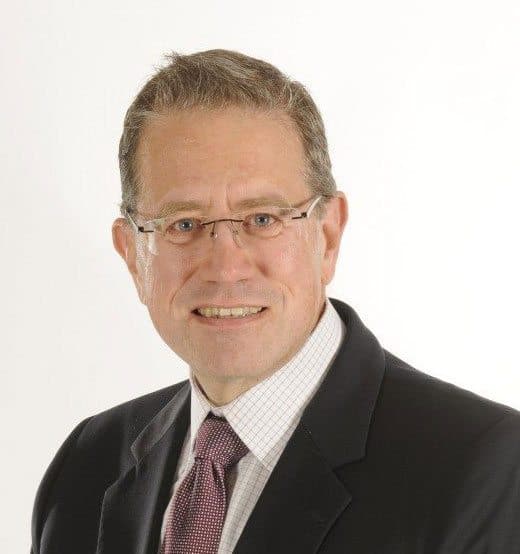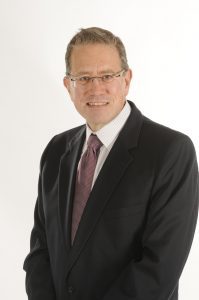UAMS Study Finds Health Disparities among Patients Traveling for Parathyroid Surgery
| April 29, 2014 | Significant disparities based on race and insurance coverage exist among patients undergoing parathyroid surgery in the United States and may hamper their medical travel for access to the surgery, according to University of Arkansas for Medical Sciences (UAMS) research.
In a report published online today in the journal JAMA Otolaryngology-Head and Neck Surgery, UAMS researcher Brendan C. Stack Jr., M.D., in collaboration with Samuel Hohmann, Ph.D., looked at factors influencing where patients had such surgery and whether they were able to travel to hospitals that performed more of the procedures, thus having better outcomes.
The study used inpatient and outpatient discharges after parathyroid surgery identified in the University HealthSystem Consortium (UHC) database from the first quarter of 2012 through the fourth quarter of 2014.
A parathyroidectomy is the surgical removal of a single or multiple parathyroid glands in the neck. The glands produce hormones that control the level of calcium in the blood. Removal is often necessary when the glands produce too much of their hormone.
Domestic medical travelers for the purpose of the study were defined as those patients who underwent parathyroidectomy at a hospital in a different U.S. region from which they resided and traveled more than 150 miles.
Stack is a professor in the UAMS College of Medicine’s Department of Otolaryngology-Head and Neck Surgery and UAMS Thyroid Center, a Fellow of the American College of Surgeons and a Fellow of the American College of Endocrinology. Hohmann is a principal consultant of research at UHC in Chicago.
Domestic medical travelers were significantly more likely to be white and have private insurance, according to the study. The majority of patients with private insurance and Medicare had surgery at high-volume hospitals, while the largest proportion of Medicaid and uninsured patients had surgery at low-volume hospitals.
Surgery at hospitals with low-patient volumes sometimes can put patients’ health at greater risk because their surgical teams do too few procedures for physicians, nurses and technicians to maintain their skills.
More than 63 percent of the 36,750 parathyroidectomies examined in the study were performed at high-volume hospitals. Nearly all of the domestic medical travelers had surgery at high-volume hospitals and the vast majority migrated to hospitals in the Southeast United States.
“With this study, we wanted to assess how race, ethnicity and insurance status influence domestic travel patterns for this specific operation and the selection of high- versus low-volume hospitals in different regions of the United States,” Stack said. “Centralization of parathyroid surgery is a reality. It’s creating health disparities in those regions, and those differences need to be reduced to improve care for parathyroid patients.”

